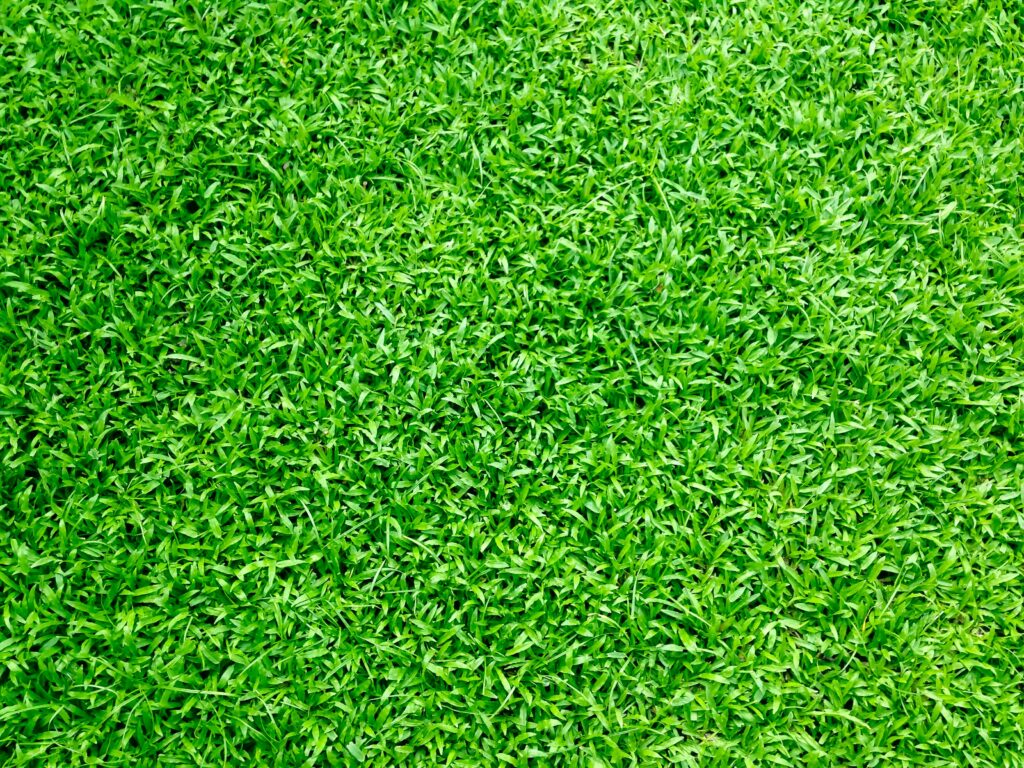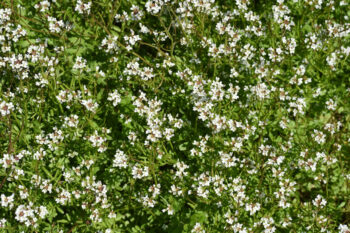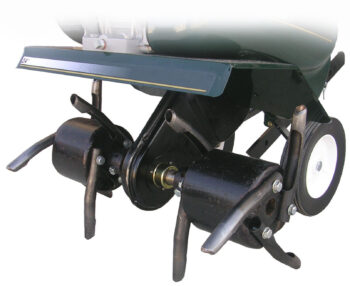Maintaining a healthy and vibrant lawn requires a combination of factors, including proper watering, regular mowing, and adequate fertilization. However, one aspect that is often overlooked is the pH level of the soil. Soil pH plays a critical role in the overall health and vitality of your lawn, and one way to address any imbalances is through the use of lime. In this article, we will explore what lime is, why it is important for your lawn, and how to determine if your lawn needs lime application.
Understanding Soil pH
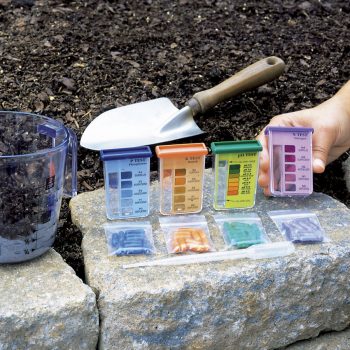
The pH level of soil refers to its acidity or alkalinity. Soil pH is measured on a scale from 1 to 14, with 1 being highly acidic, 7 being neutral, and 14 being highly alkaline.
Most lawns thrive in slightly acidic to neutral pH ranges between 6 and 7.5. When the soil pH becomes too acidic or alkaline, it can create an unfavorable environment for grass growth and nutrient availability.
McFarland & others (n.d.) tell us that rainfall affects soil acidity development by leaching basic elements such as calcium, magnesium, potassium, and sodium from the soil profile, leaving the acidic elements: hydrogen, aluminum and manganese. In addition, soil erosion can contribute to the loss of basic elements thereby increasing soil acidity.
Therefore, it is essential to remember to test your soil. The recommendation is to test soil every 3-5 years.
Although now that there are soil test strips and soil pH meters, you are able to easily test your soil before adding any fertilizer, compost, or soil amendments to your lawn.
Read one of our other articles titled, “How to Test Soil pH with Test Strips.”
The Role of Lime in Lawn Care
Lime is a natural soil amendment that is primarily used to raise the pH level of acidic soil. By increasing the soil’s pH, lime helps to neutralize acidity and create a more balanced environment for healthy grass growth.
Proper soil pH is essential for the absorption and availability of nutrients, as well as the effectiveness of fertilizers. Lime also improves soil structure, allowing better water penetration and root development.
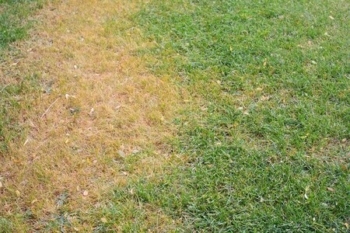
Signs That Your Lawn Needs Lime
Determining whether your lawn needs lime can be done through a simple soil test. Soil testing kits are readily available at garden centers or through professional lawn care services.
Additionally, some clear signs may indicate an acidic soil condition:
Yellowing Grass: Acidic soil can cause yellowing of grass blades, indicating a nutrient deficiency due to poor nutrient availability.
Weeds and Moss: Acidic soil conditions are conducive to weed and moss growth, as they often outcompete the grass in such environments.
Slow Growth and Thinning: If your lawn has been struggling to grow and appears sparse, it may be due to the lack of proper nutrients resulting from acidic soil conditions.
Fertilizer Ineffectiveness: Even with regular fertilization, your lawn may not respond as expected if the soil pH is too low. Nutrients cannot be efficiently absorbed by grass in highly acidic environments. Texas A&M University has a pdf with more information about Lawn Fertilization for Texas Warm-Season Grasses.
The Importance of Professional Guidance
While soil testing kits can provide insights into your lawn’s pH levels, it is advisable to seek professional guidance from experienced lawn care specialists like Ryno Lawn Care LLC. Head over to our Lawn Fertilization Service Page to find out how we can help.
Lime Application Process
Lime application should be done carefully and with proper consideration of your lawn’s needs. Over-liming can lead to excessively high pH levels, causing its own set of challenges.
It is crucial to follow the recommendations provided by a professional or the product manufacturer regarding the application rate and timing. Typical lime application rates range from 30 to 50 pounds per 1,000 square feet, but this may vary depending on specific soil conditions.
Another important fact to mention, is that according to a group of professors from Ohio State University (2021) the application of lime does not result in an immediate and dramatic change to soil pH levels or the health of turfgrass plants. Homeowners should expect that it may be several months before the soil pH changes.
With that being said, remember that patience is key. Looking for other ways to green up your lawn? Soil Rejuvenation is a service we offer that will work wonders on your soil. Think of it as investing in a treat or a snack for your lawn.
Conclusion
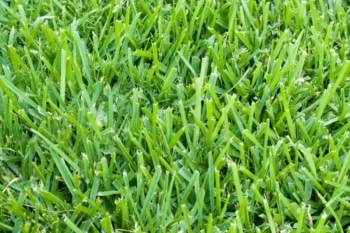
Maintaining the proper pH level of your lawn’s soil is crucial for a healthy and lush lawn. Lime application can help correct acidic soil conditions, promoting nutrient availability, stronger root development, and overall grass vitality.
If you suspect that your lawn may need lime, consult a professional lawn care service like Ryno Lawn Care LLC, who will provide expert guidance to ensure your lawn stays in optimal condition.
Remember, a well-balanced pH level is the foundation for a thriving landscape.
References:
Nangle, E.J., Gardner, D.S., Street, J.R., & White, S.K. (2021, September 1). Lime and the home lawn. Ohio State University Extension. https://ohioline.osu.edu/factsheet/hyg-4026
McFarland, M.L., Haby, V.A., Redmon, L.A., & Bade, D.H. (n.d.). Managing soil acidity. Texas A&M University. http://forages.tamu.edu/PDF/scs2001-05.pdf

